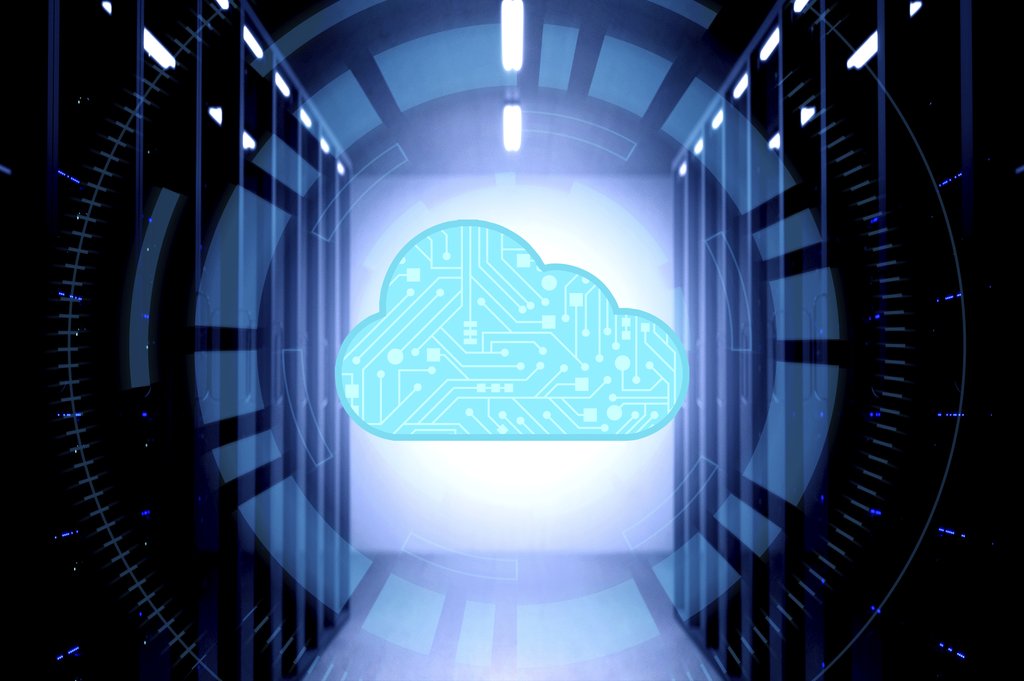From On-Premise to Cloud: Why Businesses Are Migrating Their ERPs

In today’s fast-paced and digitally driven business landscape, agility, scalability, and real-time access to data have become essential. As a result, companies of all sizes are rethinking their traditional on-premise Enterprise Resource Planning (ERP) systems and making the shift to cloud-based solutions. This digital transformation is not just a trend—it’s a strategic move to future-proof operations and maintain a competitive edge.
The Limitations of On-Premise ERP
Historically, businesses relied on on-premise ERP systems to manage their core functions like finance, HR, supply chain, and procurement. These systems were hosted locally on company-owned servers and required significant IT infrastructure, ongoing maintenance, and upfront investment. While they provided control and customization, they often lacked the flexibility and speed modern businesses demand.
Key limitations of on-premise ERPs include:
- High capital expenditure for hardware and software licenses
- Limited scalability, making it difficult to support growth
- Complex upgrades and maintenance processes
- Restricted remote access, hampering mobility and collaboration
The Rise of Cloud-Based ERP
Cloud-based ERP solutions, hosted on remote servers and accessed via the internet, have emerged as a game-changer. Vendors like ERPNext offer flexible ERP platforms that cater to the evolving needs of businesses.
Here’s why the shift to the cloud is gaining momentum:
1. Cost Efficiency
Cloud ERPs eliminate the need for heavy upfront investments in IT infrastructure. With a pay-as-you-go model, businesses can manage operational costs more effectively and only pay for what they use. Updates and maintenance are handled by the service provider, reducing the burden on internal IT teams.
2. Scalability and Flexibility
Cloud-based ERPs grow with your business. Whether expanding to new markets or scaling operations, cloud solutions offer the agility to add users, modules, and features on demand—without disruptive overhauls.
3. Real-Time Data Access
In a connected business environment, access to real-time data is critical for informed decision-making. Cloud ERPs provide centralized data visibility across departments and locations, ensuring everyone works with the same up-to-date information from anywhere in the world.
4. Enhanced Security and Compliance
Contrary to earlier concerns, today’s cloud ERP providers offer robust security measures including data encryption, multi-factor authentication, and regular backups. Many also comply with global regulatory standards (GDPR, HIPAA, etc.), making them a reliable option even for sensitive industries.
5. Faster Implementation and Updates
Deploying a cloud ERP can be significantly quicker than setting up an on-premise system. Regular updates are pushed automatically by the vendor, ensuring that the software stays current with minimal downtime and disruption.
6. Better Integration Capabilities
Modern cloud ERPs are built with APIs and open architecture, allowing seamless integration with third-party applications like CRM, HRMS, e-commerce platforms, and BI tools. This creates a connected ecosystem that enhances overall business efficiency.
7. Support for Remote Workforces
With remote and hybrid work models becoming the norm, cloud ERP systems offer the accessibility and collaboration tools needed to keep distributed teams aligned and productive.
Conclusion
The migration from on-premise to cloud ERP is not just a technical upgrade—it’s a strategic transformation that empowers businesses with greater agility, efficiency, and insight. As digital innovation continues to accelerate, organizations that embrace cloud ERP are better positioned to respond to market changes, scale operations, and deliver exceptional customer experiences.
Sources - Company Research, Internet



